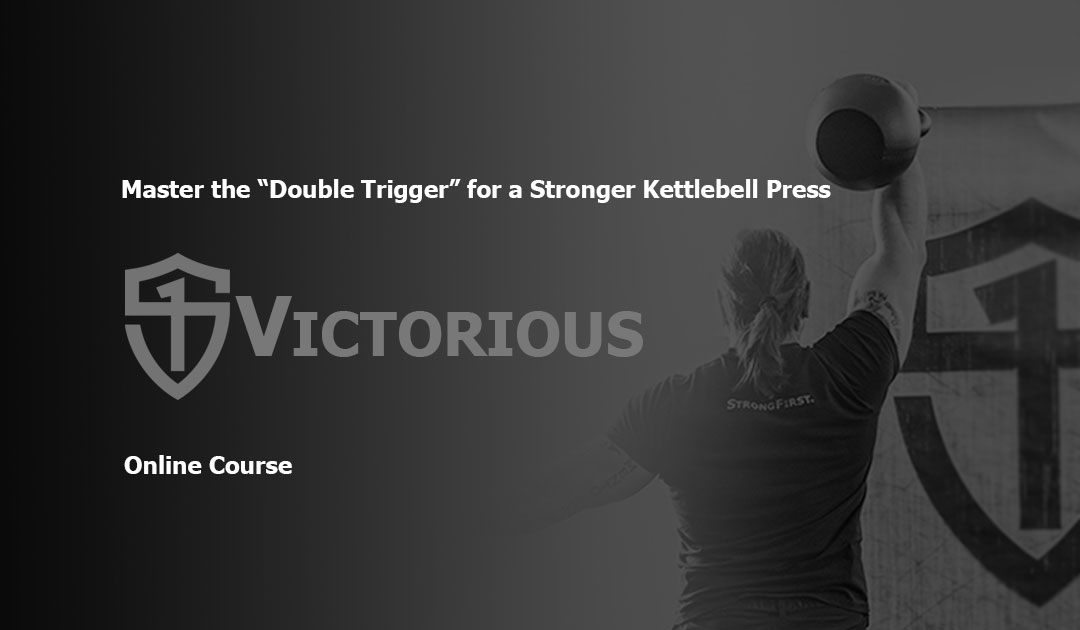BillSteamshovel
Level 6 Valued Member
I am familiar with the idea of Greasing The Groove but not with the idea of "slipping out of the groove" referred to in this article
Test Your Kettlebell Military Press | StrongFirst
does it mean attempting too big a weight and losing technique ?
Test Your Kettlebell Military Press | StrongFirst
does it mean attempting too big a weight and losing technique ?

